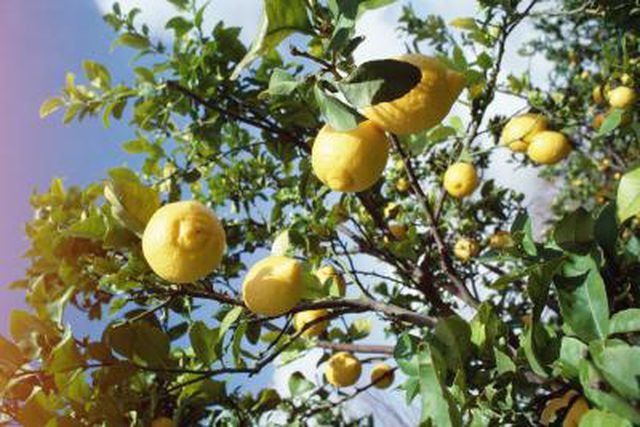Bulbs
Flower Basics
Flower Beds & Specialty Gardens
Flower Garden
Garden Furniture
Garden Gnomes
Garden Seeds
Garden Sheds
Garden Statues
Garden Tools & Supplies
Gardening Basics
Green & Organic
Groundcovers & Vines
Growing Annuals
Growing Basil
Growing Beans
Growing Berries
Growing Blueberries
Growing Cactus
Growing Corn
Growing Cotton
Growing Edibles
Growing Flowers
Growing Garlic
Growing Grapes
Growing Grass
Growing Herbs
Growing Jasmine
Growing Mint
Growing Mushrooms
Orchids
Growing Peanuts
Growing Perennials
Growing Plants
Growing Rosemary
Growing Roses
Growing Strawberries
Growing Sunflowers
Growing Thyme
Growing Tomatoes
Growing Tulips
Growing Vegetables
Herb Basics
Herb Garden
Indoor Growing
Landscaping Basics
Landscaping Patios
Landscaping Plants
Landscaping Shrubs
Landscaping Trees
Landscaping Walks & Pathways
Lawn Basics
Lawn Maintenance
Lawn Mowers
Lawn Ornaments
Lawn Planting
Lawn Tools
Outdoor Growing
Overall Landscape Planning
Pests, Weeds & Problems
Plant Basics
Rock Garden
Rose Garden
Shrubs
Soil
Specialty Gardens
Trees
Vegetable Garden
Yard Maintenance
How to Repair a Split Lemon Tree
How to Repair a Split Lemon Tree. Lemon trees are a favorite landscape selection for gardeners in warm regions, such as Arizona, California, the Gulf Coast and Florida. They have an appealing round shape, feature full glossy leaves and sweet-smelling blossoms in the spring, and produce an abundance of fruit for pies, lemonade and preserves all...

Lemon trees are a favorite landscape selection for gardeners in warm regions, such as Arizona, California, the Gulf Coast and Florida. They have an appealing round shape, feature full glossy leaves and sweet-smelling blossoms in the spring, and produce an abundance of fruit for pies, lemonade and preserves all summer long. Sadly, high winds, severe storms, or an overabundance of heavy fruit can all cause the trunk of a lemon tree to split. While a split trunk may be horrifying to behold, it's possible to repair.
Things You'll Need
Hand saw
Lopper
Denatured alcohol
Rope
Power drill
Drill bit (long)
Bolt(s) (long)
Nut(s)
Antiseptic paint
Measure the width of the damaged trunk, and locate a drill bit and bolts long enough to go completely through the lemon tree.
Remove any damaged limbs or bark around the split by using your hand saw or lopper. Determine if the split is more or less even down the middle of the trunk. A split that leaves approximately 50% of the trunk on either side is a good candidate for repair. Splits that create one very thin side are not considered repairable.
Disinfect the wounded area by applying denatured alcohol, which you can purchase at your local hardware store. Pour the denatured alcohol directly from the container or dab it on liberally with a paint brush. Saturate the wound thoroughly with the denatured alcohol.
Hold the split sides together by tying a rope or cable around the trunk.
Use a power drill and a drill bit to drill a hole through the lemon tree at the top of the split. Chose a drill bit that is slightly slimmer than the bolt.
Insert the long bolt into the drilled hole. You may need to use a hammer to get the bolt though the hole to ensure a firm fit. Secure the bolt with a hex-screw or nut. It may be necessary to use more than one bolt to completely bring the trunk back together. Remove the rope or cable.
Cover the crack of the repair with an antiseptic paint, which will seal the wound and keep bacteria from infecting your tree while it heals. Antiseptic paints can be purchased in the garden center of your local hardware store. If your repair is successful, the lemon tree will grow up and around the bolt. There is no need to remove it in the future.
Tips & Warnings
If your tree's trunk is cracked in a manner that leaves one very weak side, such as an 80/20 split, the tree will most likely need to be removed. Consult a tree surgeon.
Heavy branches may need to be supported with cables or upright supports while the crack is healing.
Depending on the time of year your lemon tree was injured, it may produce little or no fuit during the next growing season due to the stress of repairing itself.